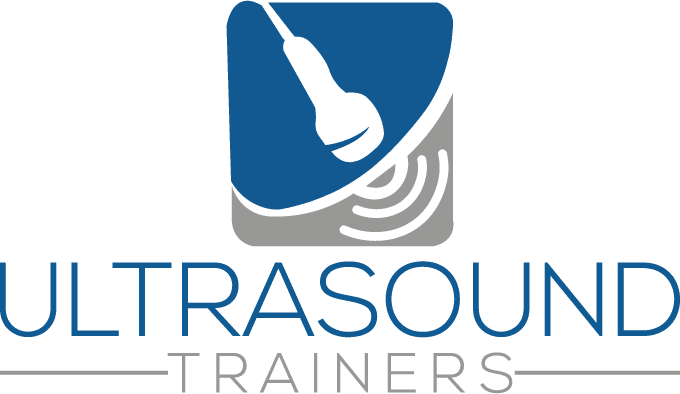Introduction
The field of ultrasound imaging has evolved significantly over the years, with elective 4D ultrasounds becoming increasingly popular for their ability to provide detailed, real-time images of the developing fetus. As this technology advances, so does the need for comprehensive training that goes beyond theoretical knowledge. In this blog post, we’ll explore why hands-on training is essential for learning how to perform elective 4D ultrasounds, highlighting the benefits it offers to both practitioners and patients.
The Foundation: Why Hands-On Training is Indispensable
Understanding the Complexity of 4D Ultrasounds
Elective 4D ultrasounds are more than just advanced imaging; they are intricate procedures that require a deep understanding of both the technology and human anatomy. Unlike traditional 2D ultrasounds, 4D imaging captures real-time movement, providing a dynamic view of the fetus. This complexity means that practitioners must be adept at maneuvering the ultrasound probe, interpreting the live images, and adjusting settings on-the-fly to capture the best possible views.
Hands-on training plays a critical role in developing these skills. It allows trainees to experience the nuances of 4D imaging in a controlled environment, where they can learn from mistakes and refine their techniques without the pressure of real-world consequences. The tactile experience of holding the probe, feeling the feedback from the machine, and visually assessing the images in real-time is something that cannot be fully understood through textbooks or lectures alone.
Bridging the Gap Between Theory and Practice
While theoretical knowledge provides the necessary background, it’s the practical application that truly prepares a practitioner for real-world scenarios. Hands-on training bridges the gap between understanding the principles of ultrasound technology and effectively applying them in a clinical setting.
For example, knowing how to identify fetal anatomy in theory is vastly different from navigating the complexities of a moving fetus in real-time. Hands-on practice allows practitioners to hone their skills, learning how to adjust their techniques based on the unique circumstances of each patient. This practical experience is invaluable in building the confidence and competence needed to perform elective 4D ultrasounds with precision.
Enhancing Patient Experience and Satisfaction
The Impact of Practitioner Confidence
A practitioner’s confidence directly impacts the quality of the ultrasound session and, consequently, the patient’s experience. Patients coming in for elective 4D ultrasounds are often excited and anxious, looking forward to a memorable experience. A practitioner who has undergone extensive hands-on training is more likely to conduct the session smoothly, capturing clear, high-quality images and providing the patient with the reassurance they need.
In contrast, a lack of hands-on experience can lead to longer sessions, unclear images, and potentially even the need for a repeat scan. This not only affects the patient’s satisfaction but can also diminish their trust in the practitioner’s abilities.
Building Rapport Through Competence
Hands-on training also helps practitioners develop the soft skills necessary for patient interaction. The ability to explain the procedure, guide the patient through what they are seeing on the screen, and make them feel comfortable is as important as technical proficiency. During hands-on training, practitioners can practice these interactions, learning how to communicate effectively and empathetically.
This combination of technical skill and patient rapport is crucial for delivering a positive experience, which in turn enhances patient satisfaction and can lead to more referrals and positive reviews for the practice.
The Technical Mastery: Fine-Tuning Skills Through Practice
Mastering the Equipment
Elective 4D ultrasounds require the use of sophisticated equipment that offers various settings and adjustments to capture the best images. Hands-on training allows practitioners to become intimately familiar with the equipment, learning how to adjust settings like gain, depth, and focus in real-time.
This familiarity is essential, as the ability to make quick, informed adjustments during a session can be the difference between a good image and a great one. Hands-on experience also helps practitioners troubleshoot common issues, ensuring that they can handle any challenges that arise during a scan without interrupting the flow of the session.
Improving Diagnostic Accuracy
While elective 4D ultrasounds are primarily for bonding and creating keepsakes, the ability to accurately assess fetal development is still important. Hands-on training helps practitioners develop the keen eye necessary for identifying normal versus abnormal findings, even in a non-diagnostic setting.
Through repeated practice, practitioners learn to recognize subtle indicators of potential issues, ensuring that they can provide accurate and reliable information to the patients. This aspect of training is crucial for maintaining the trust and credibility of the practice, even in elective scenarios.
Conclusion: The Path to Becoming a Proficient 4D Ultrasound Practitioner
Hands-on training is not just an optional component of learning how to perform elective 4D ultrasounds; it is a fundamental aspect that shapes a practitioner’s ability to provide high-quality care. From mastering the technology to enhancing patient interactions, the benefits of hands-on experience are numerous and impactful.
For those looking to excel in this field, investing in comprehensive hands-on training, such as that offered by institutions like Ultrasound Trainers, is essential.
Call to Action: Have you started your journey in the ultrasound business? Share your experiences in the comments below and let us know your thoughts! Don’t forget to share this post with your network if you found it helpful. If you’re ready to take your skills to the next level, explore the hands-on training programs available at Ultrasound Trainers and start your path to mastery today.
Learn More About Ultrasound Training Learn More About Opening an Ultrasound Studio












